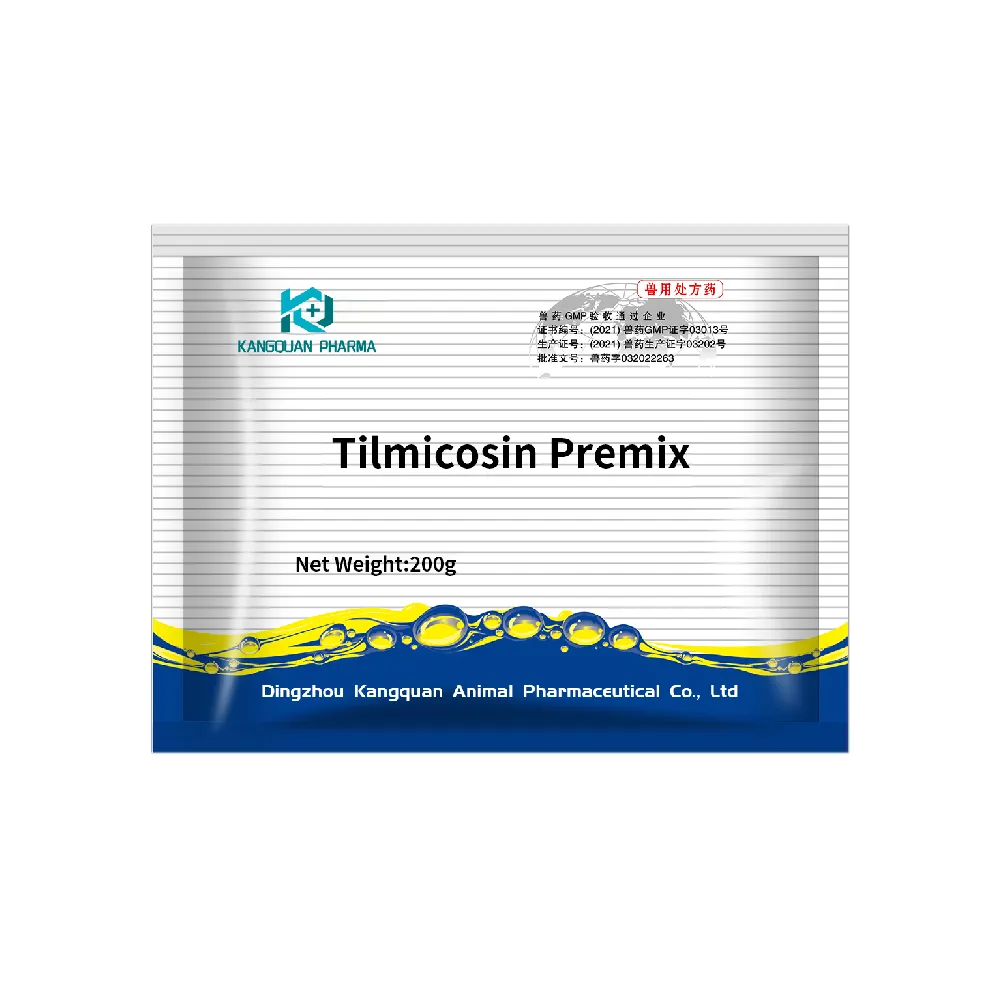- Afrikaans
- Albanian
- Amharic
- Arabic
- Armenian
- Azerbaijani
- Basque
- Belarusian
- Bengali
- Bosnian
- Bulgarian
- Catalan
- Cebuano
- Corsican
- Croatian
- Czech
- Danish
- Dutch
- English
- Esperanto
- Estonian
- Finnish
- French
- Frisian
- Galician
- Georgian
- German
- Greek
- Gujarati
- Haitian Creole
- hausa
- hawaiian
- Hebrew
- Hindi
- Miao
- Hungarian
- Icelandic
- igbo
- Indonesian
- irish
- Italian
- Japanese
- Javanese
- Kannada
- kazakh
- Khmer
- Rwandese
- Korean
- Kurdish
- Kyrgyz
- Lao
- Latin
- Latvian
- Lithuanian
- Luxembourgish
- Macedonian
- Malgashi
- Malay
- Malayalam
- Maltese
- Maori
- Marathi
- Mongolian
- Myanmar
- Nepali
- Norwegian
- Norwegian
- Occitan
- Pashto
- Persian
- Polish
- Portuguese
- Punjabi
- Romanian
- Russian
- Samoan
- Scottish Gaelic
- Serbian
- Sesotho
- Shona
- Sindhi
- Sinhala
- Slovak
- Slovenian
- Somali
- Spanish
- Sundanese
- Swahili
- Swedish
- Tagalog
- Tajik
- Tamil
- Tatar
- Telugu
- Thai
- Turkish
- Turkmen
- Ukrainian
- Urdu
- Uighur
- Uzbek
- Vietnamese
- Welsh
- Bantu
- Yiddish
- Yoruba
- Zulu
Dec . 15, 2024 13:05 Back to list
tilmicosin 250 mg ml
Tilmicosin A Revolutionary Antibiotic in Veterinary Medicine
Tilmicosin, a macrolide antibiotic, has made significant strides in the field of veterinary medicine since its introduction. Primarily used for the treatment and prevention of respiratory diseases in livestock, particularly in poultry and swine, Tilmicosin stands as a vital tool for farmers and veterinarians alike. This article explores the characteristics, applications, and implications of using Tilmicosin 250 mg/ml in animal healthcare.
What is Tilmicosin?
Tilmicosin is a semi-synthetic derivative of erythromycin, designed specifically for use in animals. It has a unique mode of action, inhibiting bacterial protein synthesis, which leads to the cessation of bacterial growth. This broad-spectrum antibiotic is particularly effective against various pathogens, including Mycoplasma, Pasteurella, and Actinobacillus species. Its formulation in a 250 mg/ml concentration makes it both potent and practical for use in veterinary settings, allowing easy administration to various animal species.
Indications for Use
The primary use of Tilmicosin is in the treatment of respiratory diseases in cattle, swine, and poultry. Conditions such as Chronic Respiratory Disease (CRD) and pneumonia caused by bacterial infections are common issues in livestock farming. The timely administration of Tilmicosin can result in rapid clinical improvement, reducing the overall morbidity and mortality associated with these illnesses. Its effectiveness in controlling such diseases not only enhances animal welfare but also improves production efficiency on farms.
In addition to its therapeutic applications, Tilmicosin is also used as a preventive measure against respiratory disease outbreaks in herds or flocks that have a history of such conditions. The preventive application helps maintain animal health and productivity, which is crucial for the economic viability of livestock operations.
Administration and Dosage
Tilmicosin is typically administered via subcutaneous injection or through the drinking water of animals. The specific dosage can vary depending on the species being treated, the severity of the infection, and the guidelines provided by veterinary health professionals. The 250 mg/ml formulation ensures a higher concentration of the drug is delivered effectively, with fewer administration volumes needed, reducing stress for both the animals and the caregivers.
tilmicosin 250 mg ml

Considerations and Safety
While Tilmicosin is generally regarded as safe for use in animals, certain precautions must be taken. It is crucial to adhere strictly to the recommended dosages, as overdosing can lead to serious side effects, including cardiac issues in sensitive species such as goats and dogs. Moreover, Tilmicosin is not approved for use in food-producing animals in the United States for certain indications, and veterinarians must ensure compliance with regulatory guidelines to avoid potential food safety concerns.
The potential for adverse effects necessitates a careful consideration of Tilmicosin's use. Farmers and veterinarians are encouraged to implement a comprehensive health management plan incorporating appropriate antibiotic stewardship practices. This includes regular monitoring of animal health, sourcing antibiotics from reputable suppliers, and maintaining accurate treatment records.
The Future of Tilmicosin in Animal Health
As antibiotic resistance becomes an increasingly pressing concern in both human and veterinary medicine, the role of Tilmicosin and other antibiotics is under scrutiny. Ongoing research is focused on understanding the mechanisms of resistance and developing alternative strategies that minimize the over-reliance on antibiotics in livestock production.
Moreover, advances in veterinary practices, including better diagnostic tools and vaccines, may contribute to the reduced need for antibiotics like Tilmicosin. Such developments can lead to improved animal health outcomes while addressing public health concerns regarding antibiotic use.
Conclusion
Tilmicosin 250 mg/ml remains an essential antibiotic in veterinary medicine, particularly in managing respiratory diseases in livestock. Its efficacy, coupled with careful usage guidelines, allows for the improvement of animal health and productivity. As the industry moves towards more sustainable practices, the challenge will be balancing antibiotic use with the need to combat resistance. Proper stewardship and ongoing research will be pivotal in ensuring that Tilmicosin continues to serve its role effectively in veterinary care for years to come.
-
Guide to Oxytetracycline Injection
NewsMar.27,2025
-
Guide to Colistin Sulphate
NewsMar.27,2025
-
Gentamicin Sulfate: Uses, Price, And Key Information
NewsMar.27,2025
-
Enrofloxacin Injection: Uses, Price, And Supplier Information
NewsMar.27,2025
-
Dexamethasone Sodium Phosphate Injection: Uses, Price, And Key Information
NewsMar.27,2025
-
Albendazole Tablet: Uses, Dosage, Cost, And Key Information
NewsMar.27,2025













